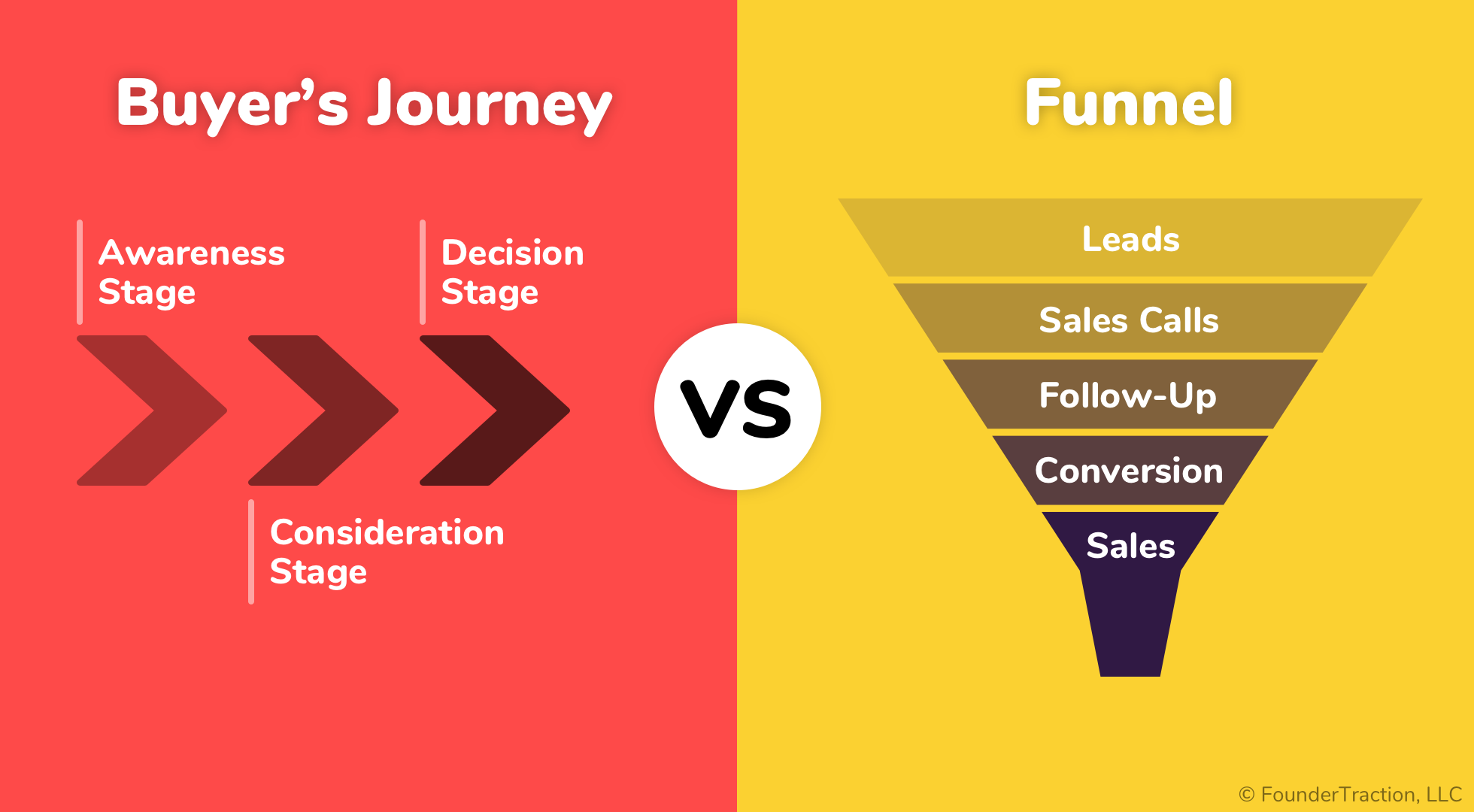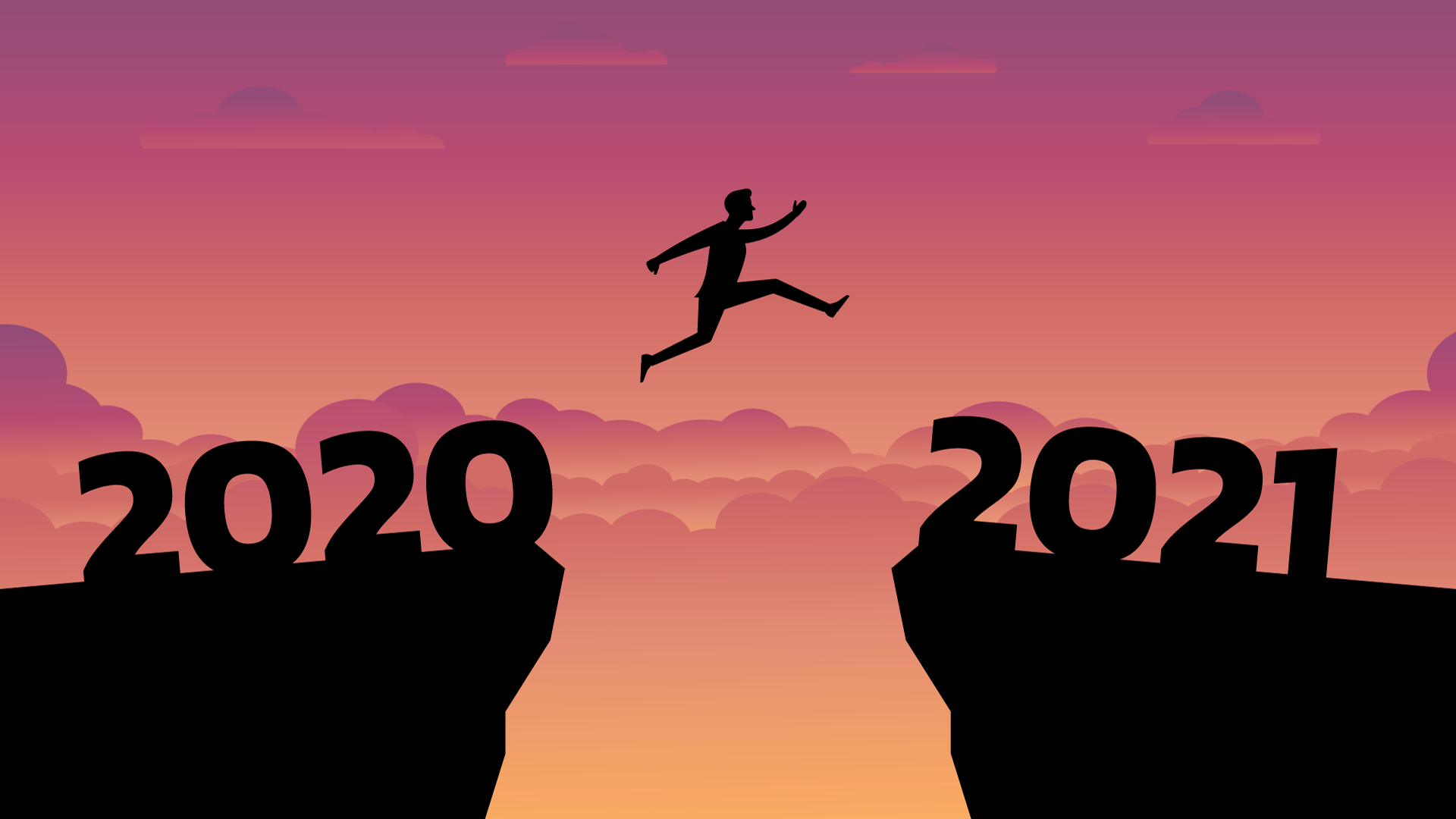Defining the Purchase Process
Everything starts with a plan — even this blog.
Though a lot has been written about the process of how people purchase products and services, and the webscape is littered with images of journeys and funnels, let’s take a fresh look and compare the models.
For the most part, the basic purchase process hasn’t changed over the years. However, with the addition of technology to the mix, we have added the capacity for the buyer to self-educate. The process is understood by both parties — buyers and sellers. Responsibilities have shifted, but the process steps are pretty standard.
The buyer’s journey has the following stages:
- Awareness. “I am aware that I have a need.”
- Evaluation. “I am aware that I have a need which I have to satisfy, and in order to do so, I must gather information.”
- Decision. “I am aware of a need and I have gathered enough information that I am ready to make a decision on how I will fill this need.”
Derivative stages may be included in some models to complicate things, but these are the three basic stages. The “buyer’s journey” is an inbound process, typically laid out in a horizontal or linear format, progressing from left to right.
Compare this with the traditional outbound process which uses the sales funnel. Inbound marketing is possible with digital technology, and it’s a change in perspective — getting the buyers to seek a solution versus the outbound process, where the sales process is initiated by the seller.
Three Perspectives
The Buyer’s Perspective
We all have needs. Some are obvious, like running out of toothpaste, which compels you to purchase another tube. Some are not so obvious. Say your friend Bruce has a new sports car. You like to drive fast, and you feel you would look good in a sports car, so you are compelled to start searching the Web for something a little sexier than Bruce’s (something in Rosso Scuderia with a pony on the side). These two examples are consumer needs, but remember that consumers work for companies, and must execute purchase decisions on behalf of their department or enterprise with a process that is more complicated and involves more stakeholders, but is still a buyer’s journey.
The Marketing Perspective
The quintessential definition of marketing is to create demand in the marketplace.
Advertising, price, product, and promotion are the tools used to create demand, and while creation of demand or uncovering an unmet need is commendable, it’s not enough, because of competition. Your product or service must go beyond filling a basic need through differentiated products and services. All things can’t be equal — otherwise, the customer will simply choose the lowest-cost option.
Marketing has the tools described above embedded in digital marketing platforms to maximize their efforts. Marketing automation systems are designed to be programmed to nurture travelers on the buyer’s journey with support and supporting materials so that they arrive at the end of the journey ready to make a purchase decision (your product). Another key factor is that consumers expect their buyer’s journey to be more than a sales process — they want it to be a memorable experience. This is where the creativity of the marketer comes into play. Is your buyer’s journey memorable?
A Note on Marketing Automation
Demand-generation systems (aka marketing automation systems) have two important functions. They effectively manage the sales process by distributing information and material on an as-needed basis, and they measure the effectiveness of the marketing efforts through a scoring system. Inquiries from prospective customers are leads because they can lead to a sale. Leads are scored based on point accumulations structured in the marketing automation system.
For example, a prospect who downloads a white paper scores 5 points. The same prospect attends a webinar and accumulates another 10 points. When the prospect hits an arbitrary point score defined in the system, an action such as direct contact by a salesperson can be triggered. The system is freely formattable, with actions and reactions related to point values assigned to move the prospect to a purchase decision.
The Sales Perspective
In a strict sense, salespeople don’t design, manufacture, or market products, but to the consumer, they represent the product. From a sales perspective, the product has to be good enough that the salesperson has faith in its promise to fulfill a need and its long-term performance. Salespeople or e-commerce systems are the bridge between the manufacturer and the consumer. Faith, integrity, and brand-promise are as important today as they were when Sears started selling products from a catalog. Salespeople have to understand the buyer’s journey in order to move the buyer from one stage to the next or bring the sale to a close with the product or service that meets or exceeds the buyer’s expectations.
Not Complicated, but Critical
The buyer’s journey is a fascinating process because each journey can be unique for each product, service, company, or buyer. It has many different perspectives. The most important thing is to be sensitive to the inherent variety of situations and perspectives. It’s this situational awareness that must be baked into your specific buyer’s journey, and it comes from your intimacy with your target audience. Your buyer’s journey is a dynamic process, and content can be easily interchanged to give you the best results to deliver your prospect to a decision in favor of your product.
If you need help with distilling your buyer’s journey or with demand generation, contact us for a 30-minute consultation.




